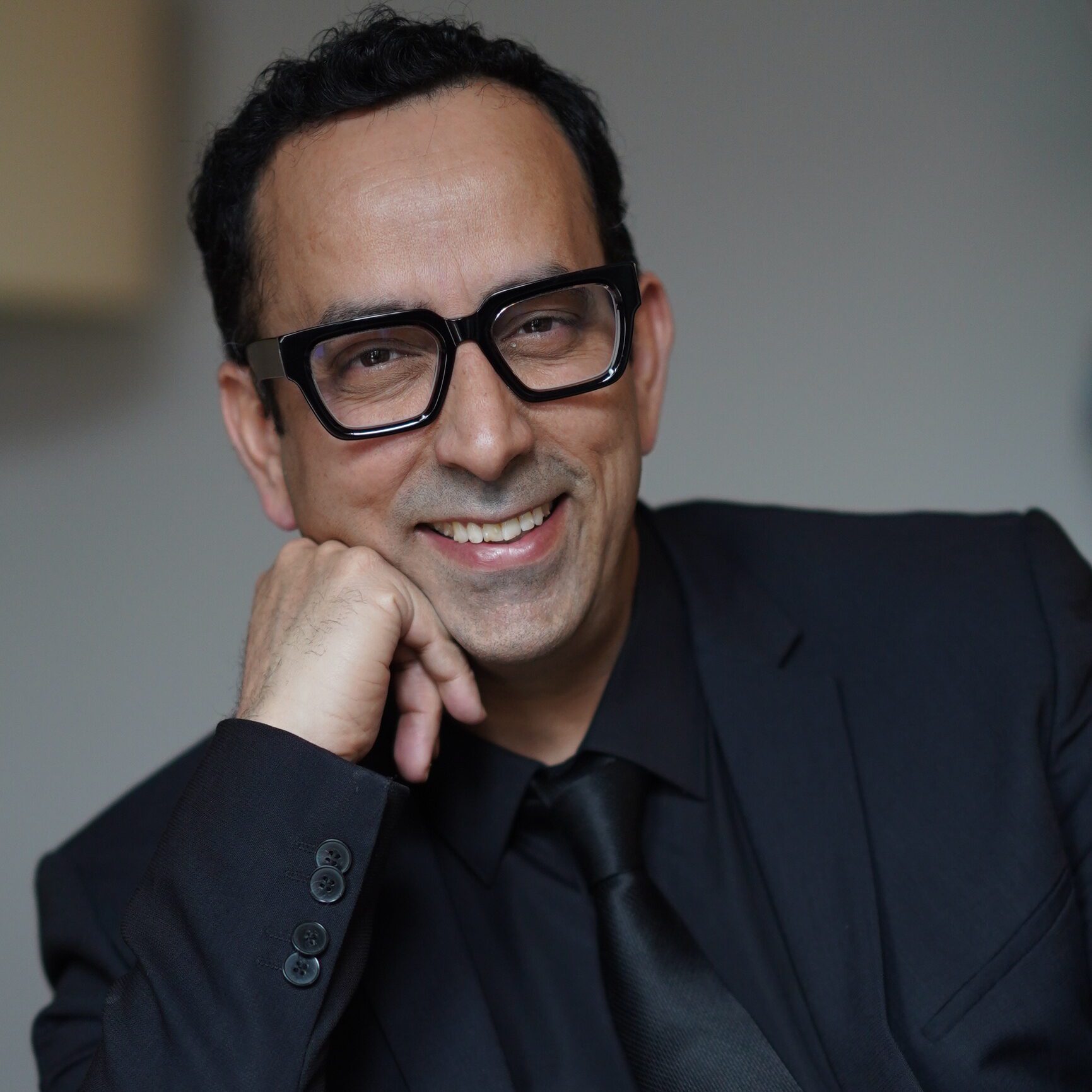By 2030, predictive analytics is projected to contribute over $40 billion in global revenue, reshaping industries like finance, retail, healthcare, and marketing with data-driven insights and decision-making (Statista). Predictive analytics, powered by AI, enables businesses to forecast trends, optimize operations, and drive strategic decisions. Keynote speakers provide insights into how predictive analytics is transforming business practices.
1. Andrew Ng: Co-founder of Coursera, Ng emphasizes predictive analytics in supply chain management. He explains how AI tools can forecast demand, optimize inventory, and enhance logistics, helping businesses reduce waste and increase efficiency. Ng advocates for integrating predictive models into every stage of the business cycle to make data-driven decisions that lead to better outcomes.
2. Fei-Fei Li: Co-director of the Stanford Human-Centered AI Institute, Li explores the role of predictive analytics in healthcare. She discusses how AI models can analyze medical data to predict patient outcomes, identify risk factors, and support preventive care, improving overall healthcare delivery. Li highlights the importance of ensuring that predictive models are ethical, fair, and transparent.
3. Sundar Pichai: CEO of Alphabet, Pichai highlights how Google uses predictive analytics to enhance user experience through personalized search results, recommendations, and ads. He explains how AI models anticipate user needs and adapt in real time, creating a seamless, more personalized interaction.
4. Eric Siegel: Author of Predictive Analytics: The Power to Predict Who Will Click, Buy, Lie, or Die, Siegel discusses the applications of predictive analytics in marketing. He highlights how AI systems analyze consumer behavior to predict purchasing patterns, helping businesses create targeted campaigns that maximize engagement and drive sales.
5. Kai-Fu Lee: Author of AI Superpowers, Lee explores predictive analytics in workforce management. He discusses how AI-driven tools can predict employee performance, enhance team dynamics, and optimize talent allocation, driving productivity and reducing turnover in businesses.
Applications and Challenges
Predictive analytics is driving transformation across industries, from customer behavior forecasting and demand prediction to risk management and resource allocation. However, challenges such as data privacy concerns, algorithmic bias, and the need for high-quality data remain. Keynote speakers stress the importance of robust data governance, transparency, and ethical AI practices in overcoming these hurdles.
Tangible Takeaway
Predictive analytics is revolutionizing decision-making in business by providing actionable insights based on data trends. Insights from leaders like Andrew Ng, Fei-Fei Li, and Sundar Pichai highlight its transformative potential. To maximize its benefits, businesses must prioritize data quality, ethical AI, and strategic integration across operations.

